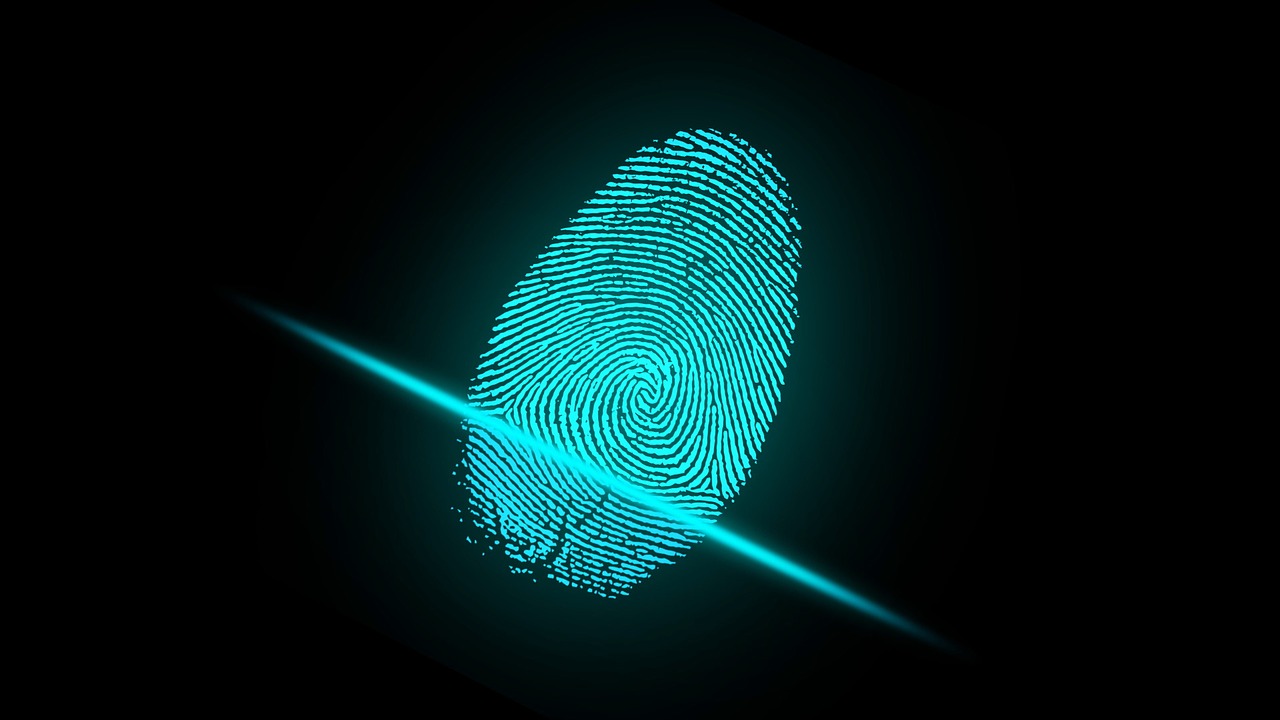Scanning technologies – possibilities
Scanning technologies are constantly developing. There’s plenty of scanning methods, but 3d scanning is one of the most promising and interesting. Although, at first sight scanning technologies based on 3d seem magical and impossible to understand, in fact they’re simple and strictly scientific. What are the basics of 3d scanning technologies?
3d scanning technologies are non-destructive methods in which computer assisted software using special laser captures the shape and size of real and physical objects, creates 3d representations of these objects and turns them into three dimensional objects. Summing up, 3d scanning capture physical objects’ shape and size, create their computer representation and use these computer models to print the objects.
Of course, there are various methods used in scanning. Some are better than others. Yet, one thing is certain – 3d scanning requires powerful state-of-the-art computer equipment and software, special 3d scanners or printers and plenty of room for storing data. Finally, to operate all this equipment successfully you need to have specific and highly professional knowledge.
Scanning technologies – 3d and its applications
3d scanning find plenty of applications. You can find 3d printed objects in medicine, engineering (popular especially in the so called reverse engineering), various types of industries, art and in everyday use. Yet, in order to successfully use 3d scanning technologies and make the most of their potential it’s best to learn about them as much as possible.
Luckily, there’s plenty of resources where you can gain some basic, or sometimes even pretty advanced knowledge. For example, You Tube is filled with 3d scanning tutorials and videos explaining what are 3d technologies and presenting their functions and possible applications. What’s interesting, there’s plenty of companies specialising in creating 3d trainings adjusted to their customers’ individual or business needs.

